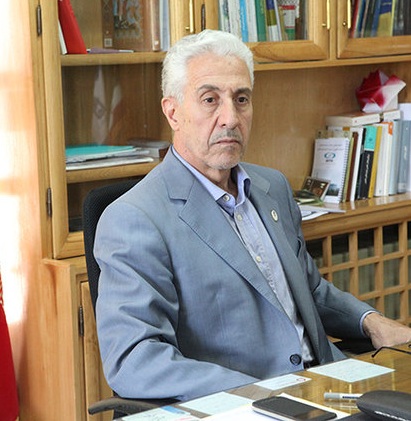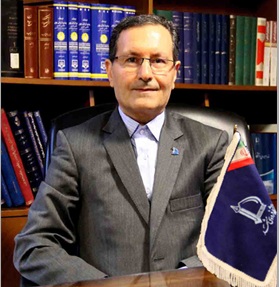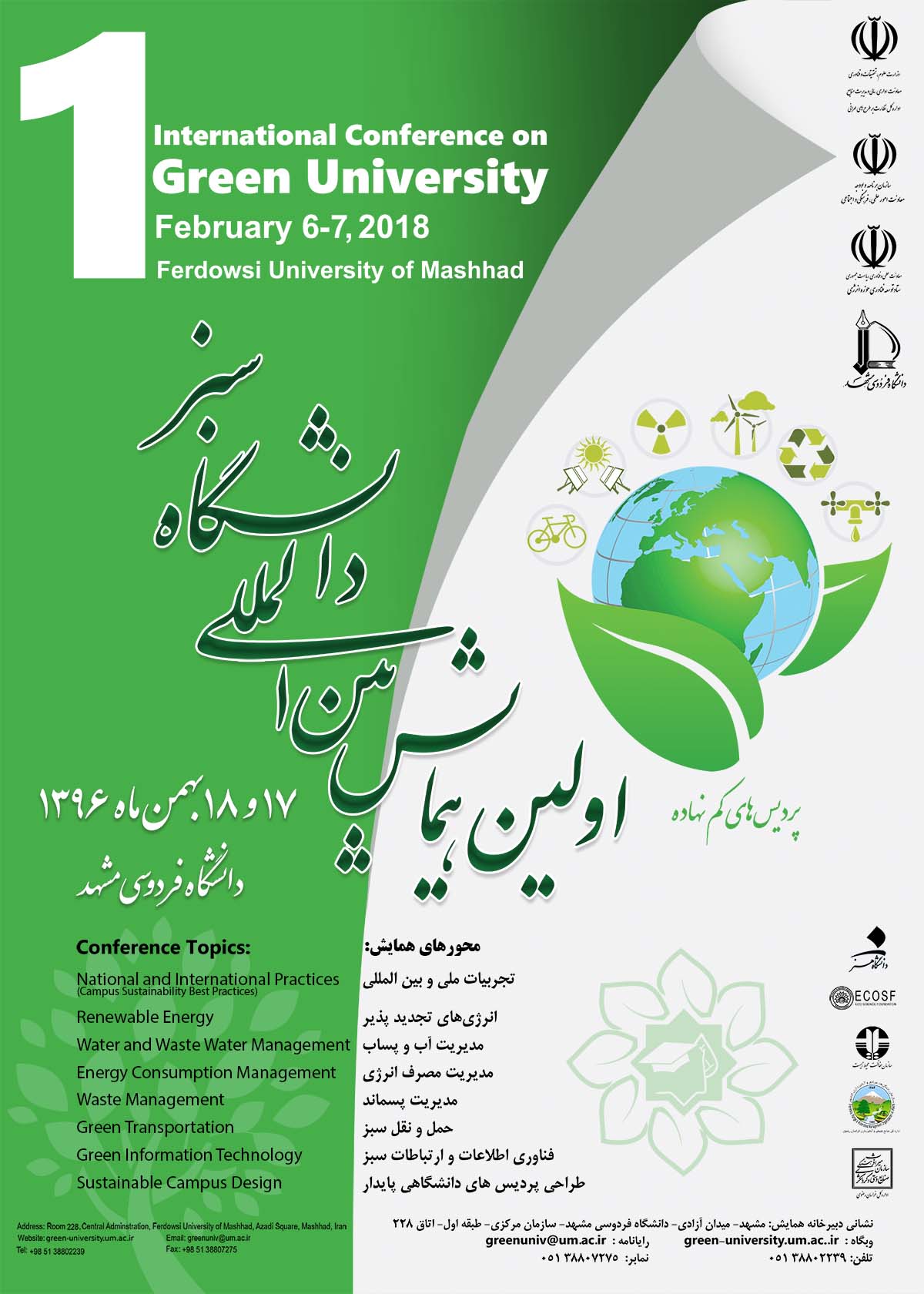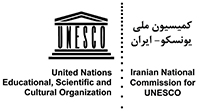Chair's Message

In the name of God
Praise be to the pure God, who gives the gift of sight and speech to clay
Universities have always served as models for societies; at the vanguard of culture, knowledge, inquiry and innovation.
In our era, universities exploit the culmination of such factors to educate and make their mark on society. Green universities are primarily an idea of what should be. A way of thinking, a worldview and an action plan. A green university first attempts to cultivate green thinking and establish its conceptual and ideological foundations, to seek solutions for current and future problems and to later put its achievements into action to create a green community.
Today, our society faces several environmental crises and is in urgent need of practical models to alleviate or resolve these challenges. And what better example than a green university? Most Iranian universities are structured as campuses, with the characteristics of a small town and relative independence in decision making. These two features have placed universities in a unique position to serve as examples for the larger society.
The Iranian society is largely a consumer society, Iranians are particularly heavy and wasteful consumers of energy and as a result generate large quantities of pollutants which makes corrective measures and low-input systems a necessity. To meet this goal, along with changes in views and beliefs, application of novel ideas that appeal to the younger generation is essential. To do so, expansion of sustainability and realization of the green university ideal can only come about through reducing resource input and boosting efficiency. Low-input campuses are an example of low-input systems that can be defined using several parameters. Low-input campuses explore solutions to minimize resource input, in concert with efforts to utilize sustainable technologies and to recycle in order to replace linear processes of consumption (turning resources into waste) into cycles of use and reuse, as well as increasing the uses of each resource and enhancing efficiency. Another hallmark of a low-input campus is its active contribution to resource generation such as generating clean energies, harvesting water and even producing food on campus.
Transition from present campuses to low-input campuses can be envisioned in three steps. In the first step, systems are guided toward reduced consumption of resources. At this stage the nature of resources has not changes and management is focused on improving efficiency and minimizing consumption. The second step includes qualitative changes which result in a shift to clean or less polluting resources, such as transition from fossil fuels to solar energy. Finally, the third step is dedicated to redesigning systems to lower the need for resources. In the final stage, “design” and “management” replace the traditional inputs of the system and the overall design of systems are streamlined to minimize the demand for resources. Arid landscape design (xeriscapes) are examples of this stage in transition.
With an eye to the importance of a methodological approach to optimization of resource management and consumption, the Ferdowsi University of Mashhad chose the concept of “low-resource campuses” as the central slogan for the First International Conference on Green University and selected topics that are closely tied to this concept. FUM’s history of theoretical innovation and operational promotion of low-input systems (especially low-input agroecosystems) stretches back two decades. Our institution has endeavored to implement the first and second stages of the transition to low-input systems and has developed plans to enter the final stage of design and integrated management.
I welcome all attendees, and thank conference organizers and the managers at the office of civil projects oversight at the MSRT. I hope that your presence at the conference and exchange of knowledge and expertise provide the society with an operational, scientific model and leads to the widespread adoption low-input campuses.
In the end I wish you a pleasant stay and a memorable visit to Mashhad.
Dr. Mohammad Kafi
The President of the Ferdowsi University of Mashhad and the President of the First International Conference on Green University
- Category: Conference News
- Written by Hamed Bidel
- Hits: 2127














